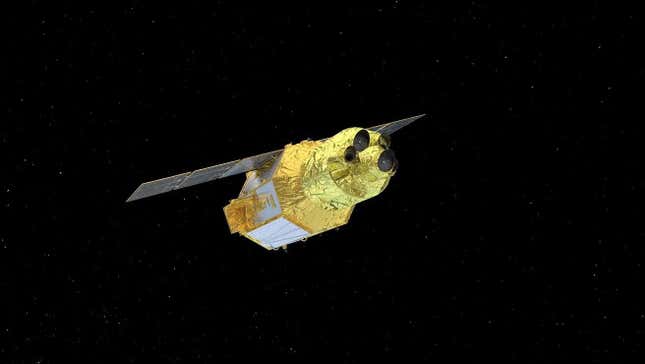
Japan is gearing up for its first landing attempt on the Moon, launching a lunar lander designed to accurately touch down on the dusty surface.
The Japan Aerospace Exploration Agency’s (JAXA) SLIM (Smart Lander for Investigating Moon) is launching on Wednesday at 7:42 p.m. ET (08:42 a.m. local time on Thursday) on board a H-IIA rocket from Japan’s Tanegashima Space Center.
The launch will be broadcast live on JAXA’s YouTube Channel, and you can also tune in through the feed below. The live broadcast will begin at 7:10 p.m. ET on Wednesday.
SLIM is a small lunar lander designed to test a new technology for pinpointing a specific landing site on the Moon within a smaller range of 328 feet (100 meters). The lander is targeting a touchdown in the Shioli Crater, a 984-foot-wide (300-meter) impact basin on the Moon’s near side.
This is JAXA’s first attempt to land on the Moon. In December 2022, a Japanese company named ispace attempted to become the first private space venture to land on the lunar surface. Unfortunately, ispace’s Hakuto-r lander crashed on the Moon after miscalculating its distance from the celestial object.
This year, India became the fourth country in the world to land on the Moon by flying the first mission to the lunar south pole. The Moon also claimed a Russian lunar lander, which failed in its attempt to touchdown on its cratered surface.
SLIM is expected to arrive in lunar orbit around three to four months after its launch. Luckily, the lunar lander won’t be making the first part of its trip on its own. JAXA’s lander is launching alongside XRISM (X-ray Imaging and Spectroscopy Mission), a joint mission with NASA. The satellite is designed to detect X-rays with energies ranging from 400 to 12,000 electron volts (visible light is 2 to 3 electron volts). Viewing the skies in this range will provide astronomers a rare look at some of the universe’s hottest regions, largest structures, and objects with the strongest gravity, according to NASA.
For more spaceflight in your life, follow us on Twitter and bookmark Gizmodo’s dedicated Spaceflight page.

